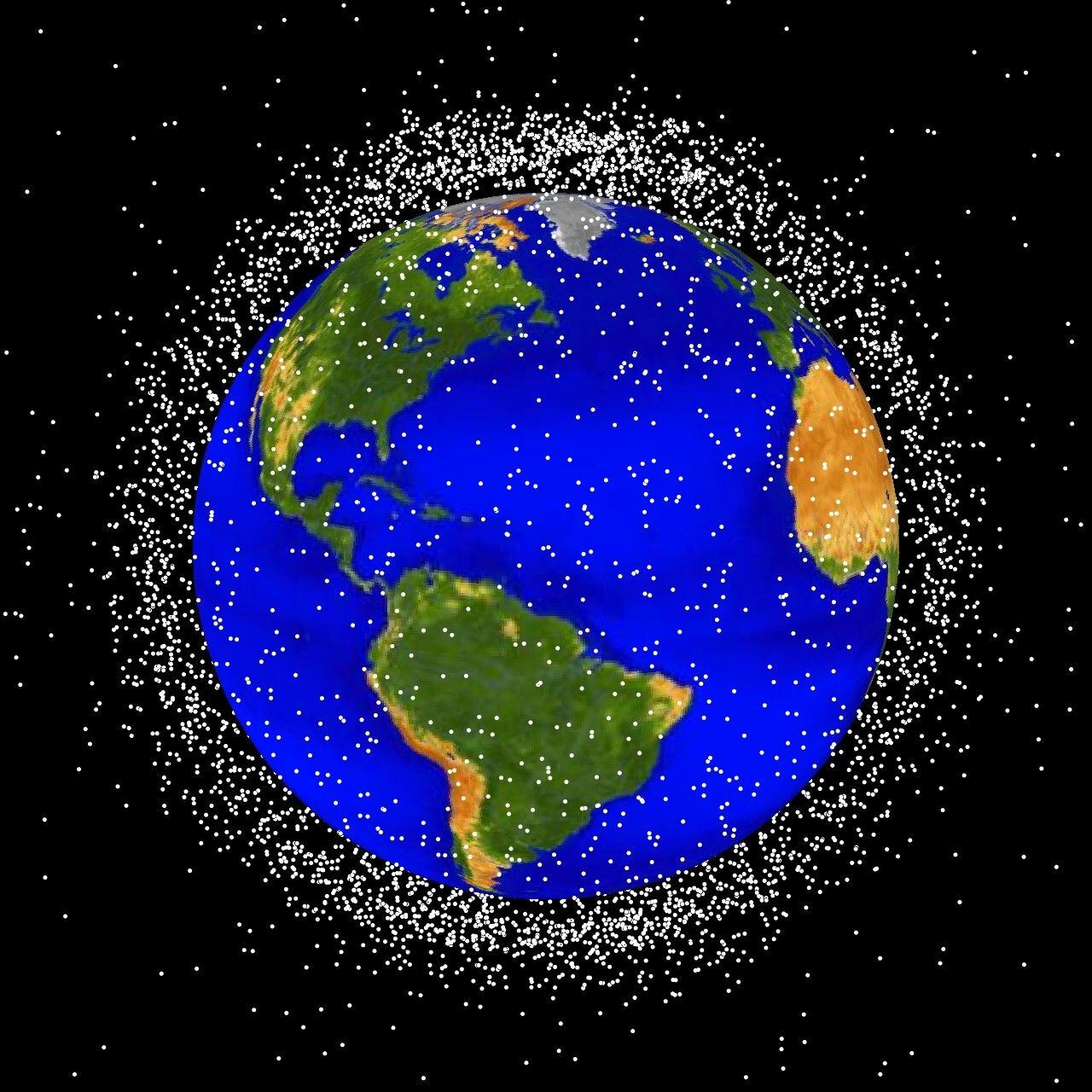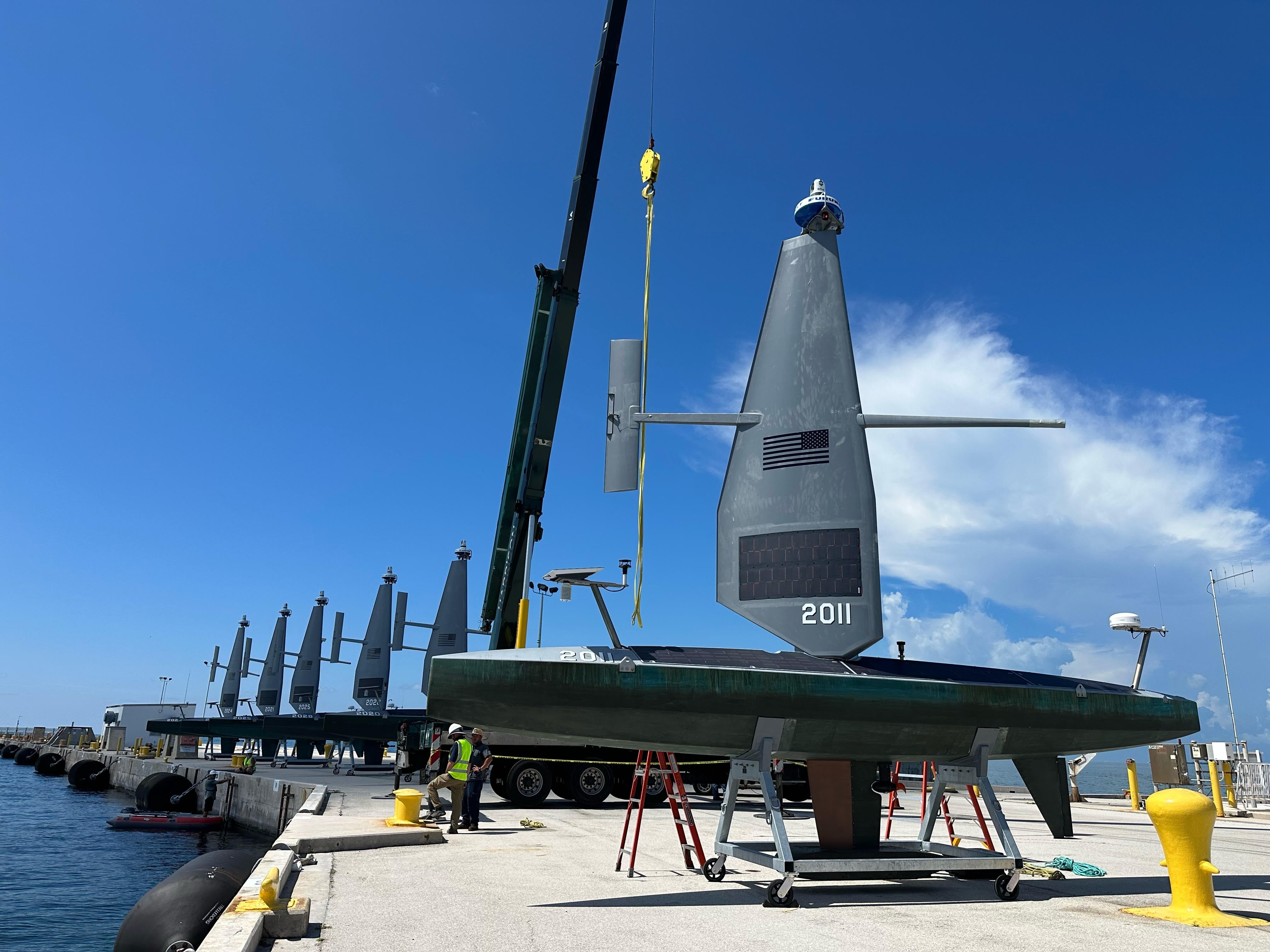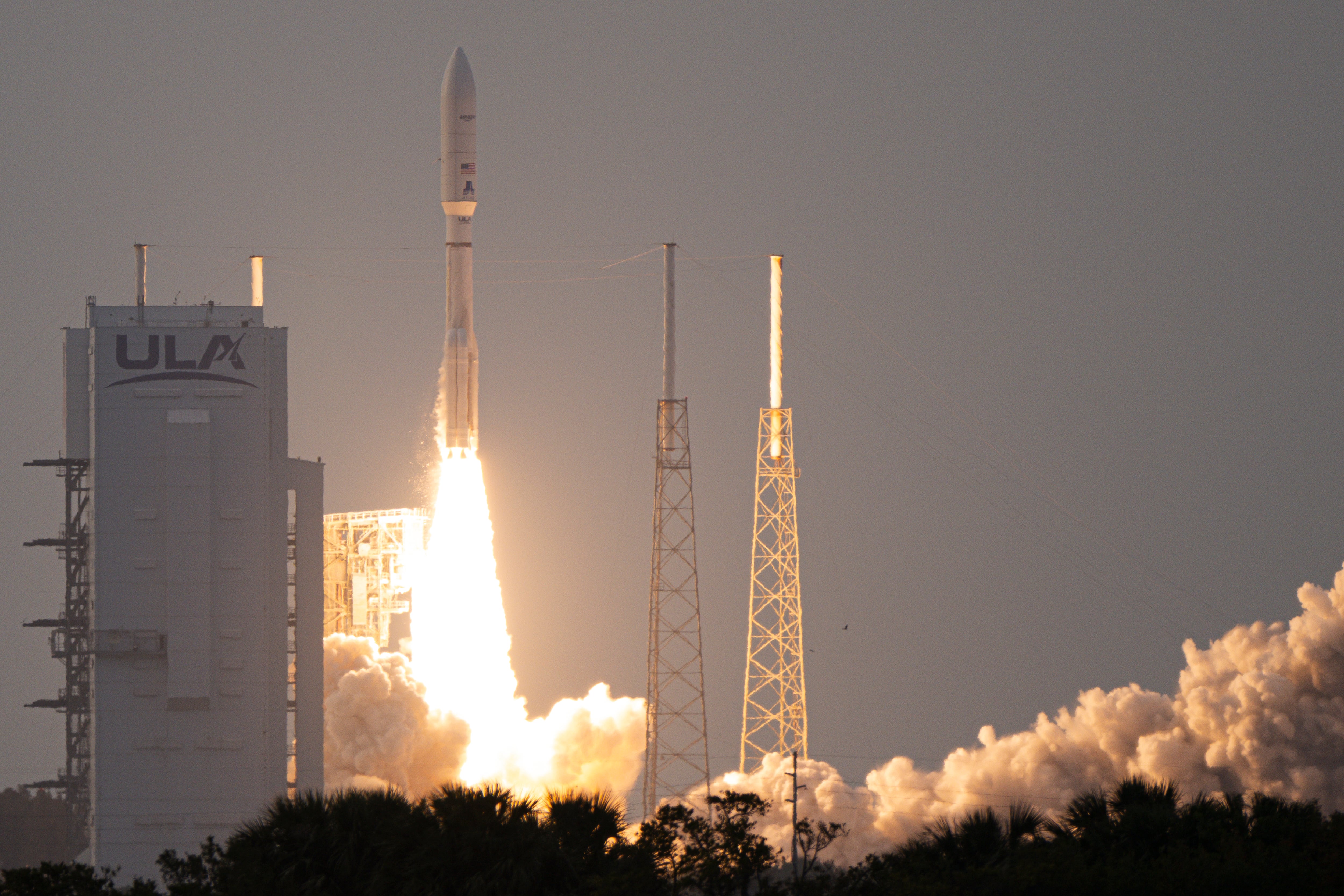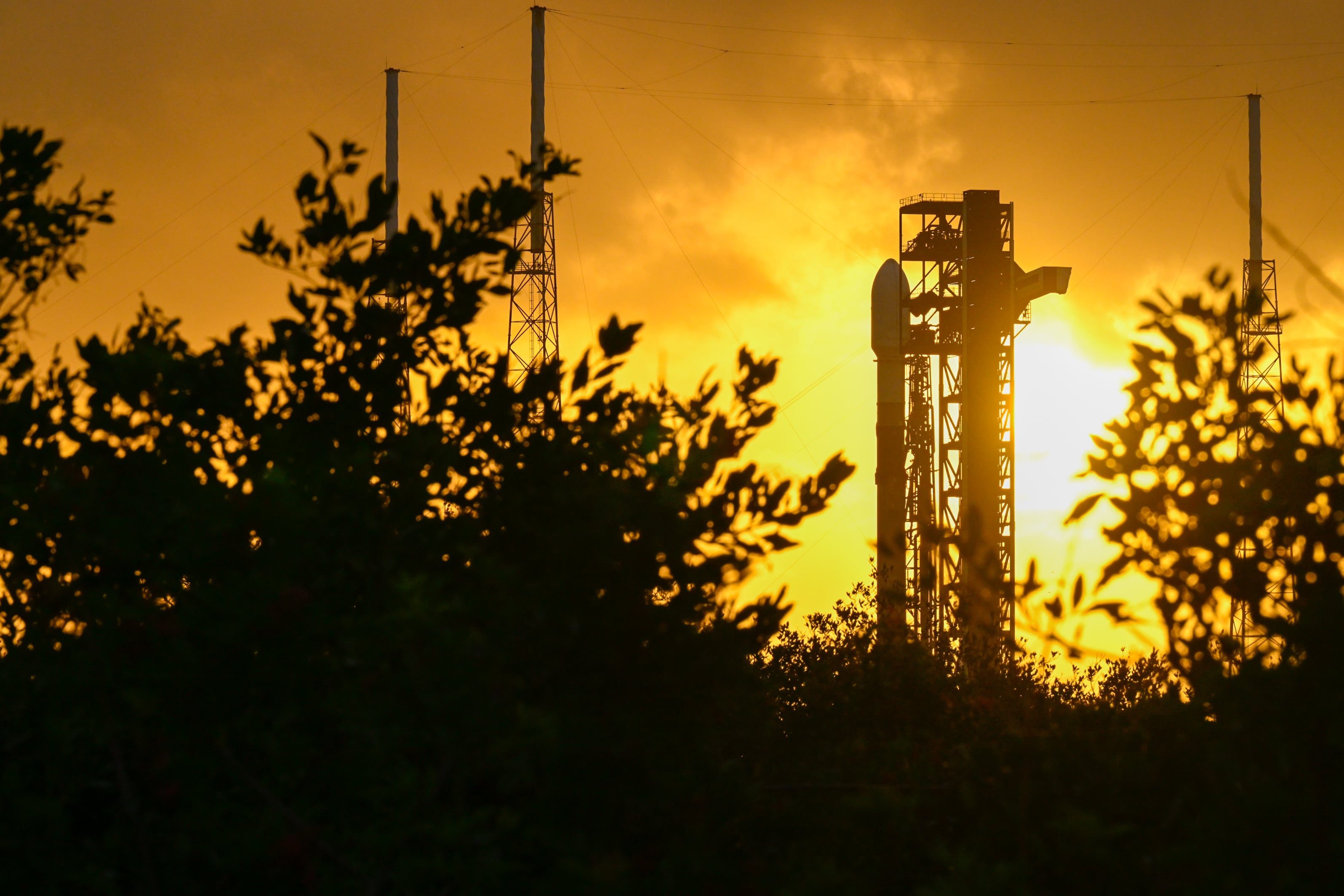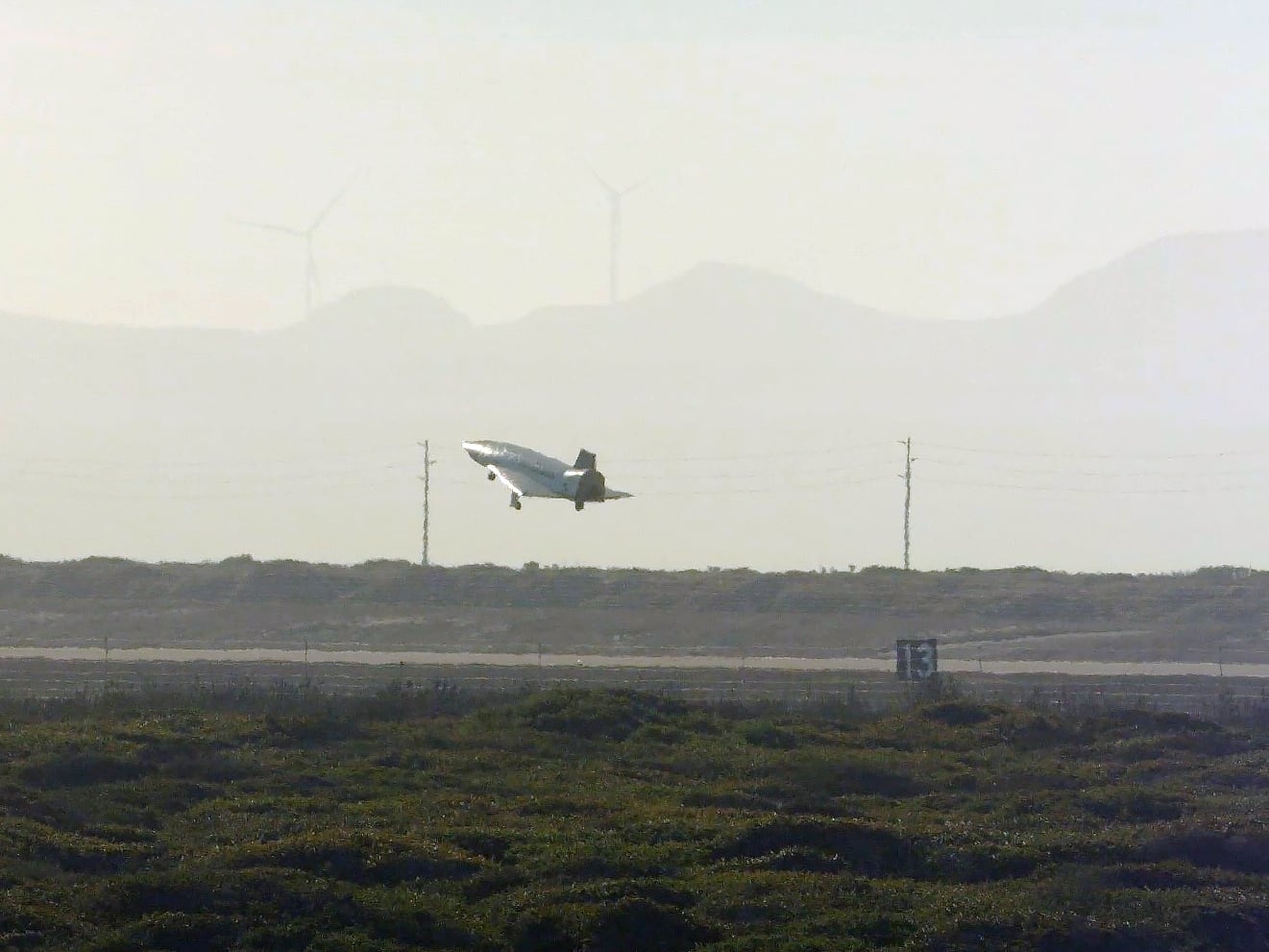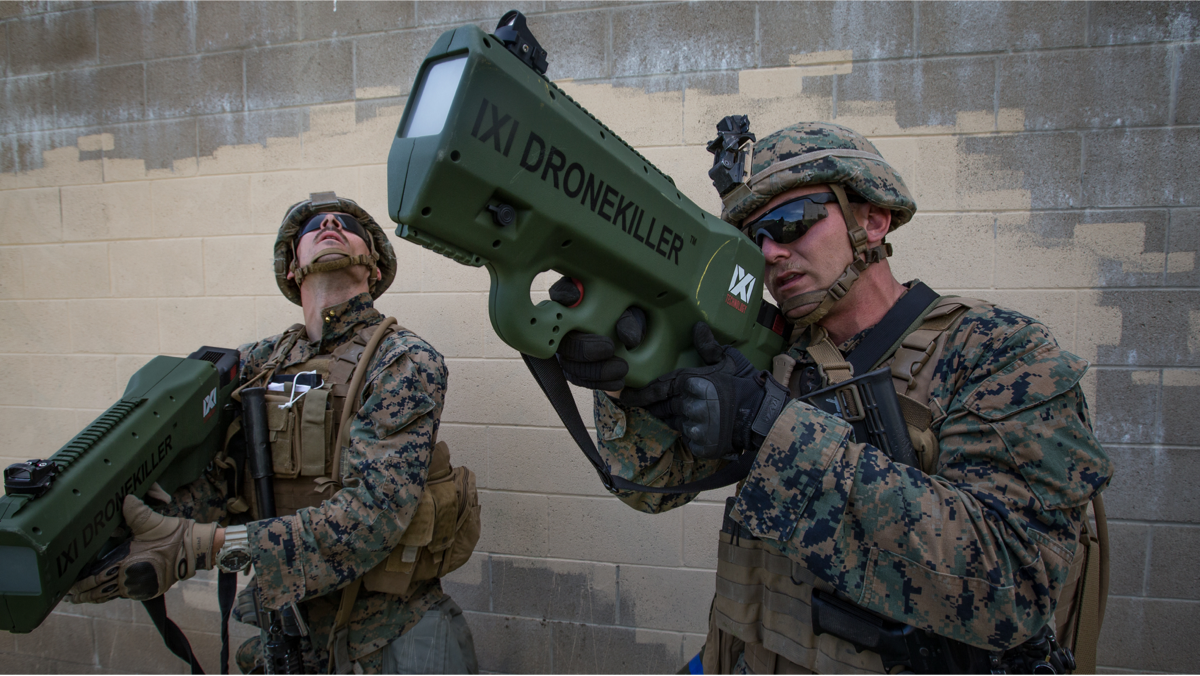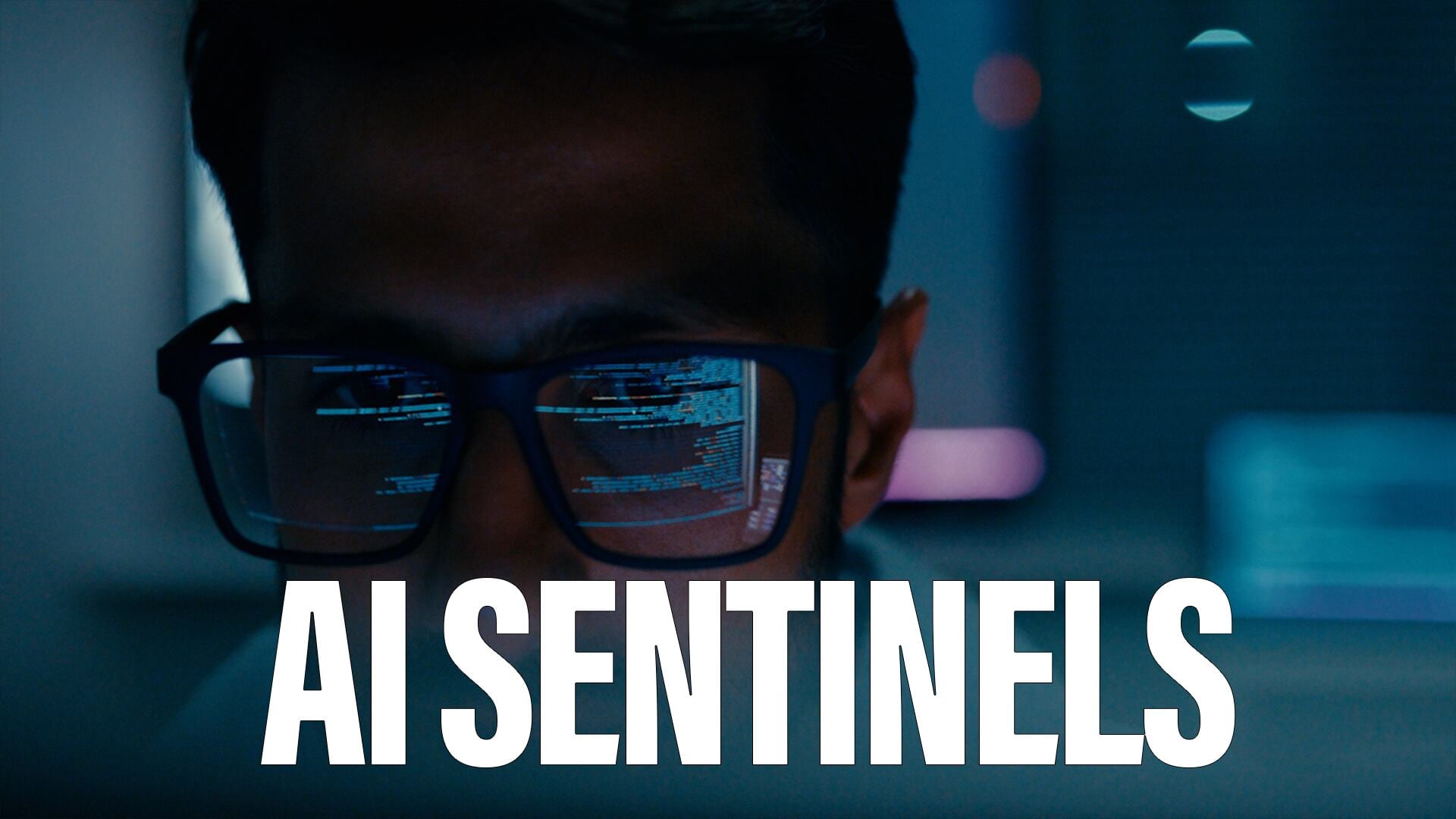For the Air Force, small satellites will help it remain on course in a space environment that is not pristine — as perceived by some in the public sphere — but rather a war-fighting environment.
In a domain that is continuously becoming more contested and dangerous, resiliency will be a key factor in maintaining the edge and fighting through potential attacks. Using smaller, less complicated satellites to do this will not only help to avoid the longer development time of larger platforms but will save money, Col. Shahnaz Punjani, Operationally Responsive Space Office director at Kirtland Air Force Base, said March 6 during a panel discussion at the Satellite 2017 conference.
Put another way, the U.S. must learn how to deal with casualties and fight through losses. In the past few years and last two wars, in comparison to past wars, there have been relatively few casualties. Dale Hayden, senior researcher at the Air University Integration Cell, asked at the same panel whether the U.S. could today sustain 200 deaths a week vis-a-vis Vietnam, in which in one operation the U.S. lost 24 aircraft?
Today’s and tomorrow’s conflicts will be multi-sided, he continued.
He wondered what happens when the U.S. has to deal with high casualties and fight through space superiority, noting that the landscape is complicated by the fact that space is no longer confined to the purview of rational nation states.
Nations on the U.S. terror watch list have or are pursuing indigenous space launch capability, he said, questioning how long will it be before they finance terror organizations to possess a similar capability.
It will become impossible to defend all space assets, Hayden said, and so losses must be expected. And it will be important to fight through those losses just as the U.S. does in other domains, he said.
The key factor in being able to accomplish this is basic defense in depth, an area in which small satellites and disaggregation become critically important in defense of the nation, said Hayden.
Hayden referenced the classic line from the 1970s film "Dirty Harry," in which Clint Eastwood’s character says: "You’ve got to ask yourself one question: 'Do I feel lucky?' "
In the context of space, the U.S. has to put its adversaries in that same position, Hayden said; do they feel lucky enough to launch an attack against U.S. space assets? The U.S. must force adversaries to calculate whether the cost of an attack is less or more than U.S. retaliation, he said, while on the flip side the U.S. must ensure these calculations do not significantly impair its abilities to engage in this spectrum of conflict.
Small satellites and disaggregation make this a reality, he said.
Hayden also noted that the U.S. grew its nuclear architecture capabilities during the Cold War to ensure that any attack from an adversary would not be worth it.
"We must bring the same complexity to space," he asserted.
Mark Pomerleau is a reporter for C4ISRNET, covering information warfare and cyberspace.
